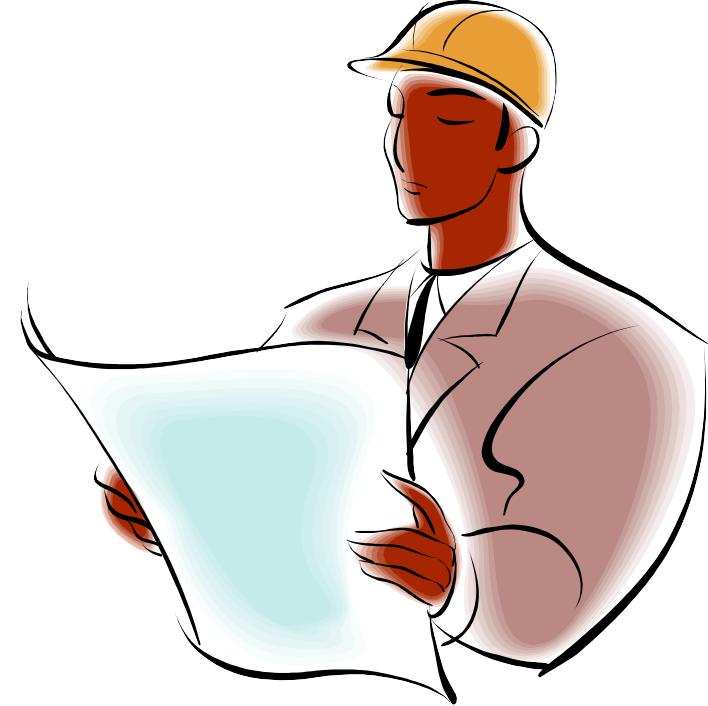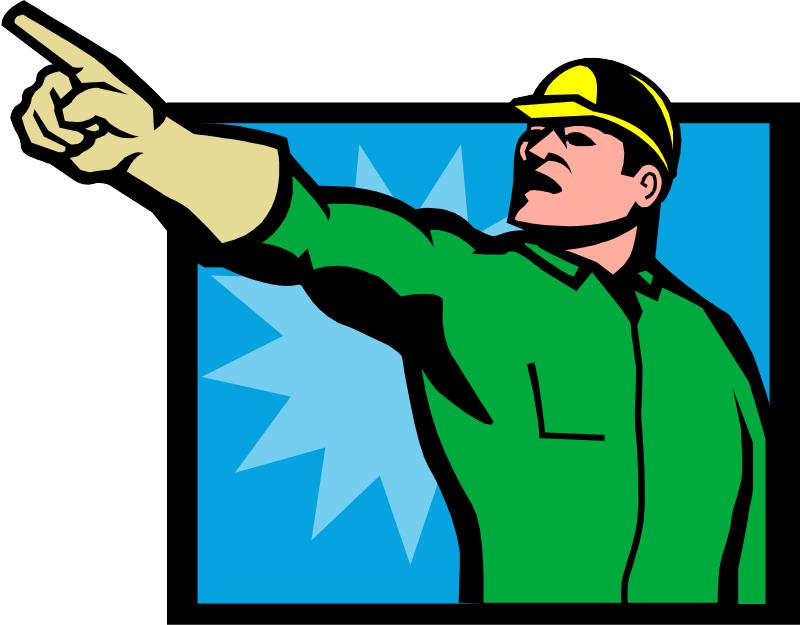
- •Аннотация
- •Содержание
- •I. Read and translate the text “Building Materials” Building Materials
- •Vocabulary
- •II. Answer the questions
- •Vocabulary
- •Vocabulary
- •II. Make up your own sentences with the vocabulary
- •III. Put all types of questions to the sentence Concrete must be thoroughly worked into the forms
- •I. Translate the texts
- •II. Read and translate the text
- •Vocabulary
- •Exercises
- •Exercise 8. Remake the sentences using Passive Voice like shown in the example: We often speak about him – He is often spoken about.
- •I. Read and translate the text sand
- •Vocabulary
- •II. Make up your own sentences with the vocabulary
- •III. Answer the questions
- •IV. Complete the sentences
- •V. Agree or disagree with the following statements
- •VI. Write down all the properties that sand has
- •VII. Retell the text “sand”
- •I. Read and translate the text copper
- •Vocabulary
- •Implement - инструмент
- •Virtue - достоинство
- •II. Make up your own sentences with the vocabulary
- •III. Answer the questions
- •IV. Complete the sentences
- •Modern Building Materials (part a)
- •Vocabulary
- •Valuable - ценный
- •Interior - интерьер
- •Veneer - шпон
- •II. Answer the questions
- •III. Make up your own sentences with the vocabulary
- •IV. Complete the sentences
- •V. Agree or disagree with the statements
- •I. Read and translate the text Modern Building Materials (part a)
- •Vocabulary
- •Vast – громадный, обширный
- •Insulator – проводник
- •Vapor – пар
- •II. Answer the questions
- •III. Make up your own examples with the vocabulary
- •IV. Complete the sentences
- •V. Agree or disagree with the following statements
- •VI. Put all types of questions to the sentences
- •VII. Read and translate the text
- •VIII. Write a report on the topic “Modern Building materials”
- •IX. Retell your report
- •Exercises
- •I. Read and translate the text nickel
- •Vocabulary
- •Platinum
- •Vocabulary
- •I. Read and translate the text Building Professions
- •Vocabulary
- •II. Make up your own sentences with the vocabulary given above
- •III. Answer the questions
- •Exercises
- •I. Read and translate the text
- •Vocabulary
- •Victim – жертва
- •Vocabulary
- •VI. Retell the text unit 4
- •I. Read and translate the text
- •Vocabulary
- •Invention – изобретение
- •II. Make up your own sentences with the vocabulary
- •III. Answer the questions
- •IV. Complete the following sentences
- •V. Make up a dialogue on the basis of this text
- •VI. Put all types of the sentences
- •VII. Retell the text grammar: gerund
- •Active Voice
- •Indefinite — reading
- •Passive Voice
- •Indefinite — being read
- •Exercises
- •I. Read and translate the text
- •Vocabulary
- •Vocabulary
- •Invention – изобретение
- •Valuable – ценный
- •VI. Name the properties that asbestos has
- •VII. Retell the text unit 5
- •I. Read and translate the text Hand Tools
- •Vocabulary
- •Vice - тиски
- •Engineering Components
- •Vocabulary
- •Active voice
- •Passive voice
- •Exercises
- •I. Read and translate the text
- •Vocabulary
- •VI. Name the properties that silver has
- •VII. Retell the text
- •I. Read and translate the text
- •Vocabulary
- •The Art Of Building
- •Vocabulary to protect - защищать
- •Interior - внутренний
- •The art of building has changed greatly
- •Modern architecture is mainly the architecture of steel and concrete
- •High scale of Construction
- •Vocabulary
- •II. Make up your own sentences with the vocabulary given above
- •III. Answer the questions
- •Exercises
- •I. Read and translate the text
- •Vocabulary
- •Vocabulary
- •Список используемых материалов литература
- •Интернет источники
Vocabulary
originally – первоначально
tiny – крошеный
cell – клетка
shell – оболочка
lime – известь
to die – умирать
to sink - опускать
floor - дно
thick - толстый
layer - слой
to build up – строить
to accomplish – выполнять
gradually – постепенно
limestone – известняк
disturbance – нарушение
surface – поверхность
bottom – дно
to cut away – вырезать
deposit – месторождение
to appear – появляться
fine – мелкий
to bind – связывать
to prevent – предотвращать
to crumblе – крошиться
putty – замазка
II. Answer the questions
What was chalk originally?
What is called “Foraminifera”?
What is lime?
What happens with “Foraminifera” when they die?
What is limestone?
Is the blackboard chalk pure limestone?
What kind of material is “whiting”?
Where can “whiting” be used?
III. Make up your own sentences with the vocabulary
IV. Complete the sentences
Practically no one can grow in the world today without …
The waters of our oceans are covered with …
… and compressed into a soft limestone which is called chalk.
Later the soft parts were cut away by water …
… were once under water.
Chalk in one form or another has been used by …
… is about 95 percent chalk.
When chalk is pulverized, washed, and filtered …
V. Agree or disagree with the statements
In millions of classrooms around the world, children step up to blackboards to write things with chalk.
The waters of our oceans are covered with many forms of very tiny plants and animals.
But the finest natural chalk comes from America which produces more than 5000000 tons a year.
Chalk in one form or another has been used by man for hundreds of years.
The best blackboard chalk is about 90 percent chalk.
VI. Retell the text unit 4
LEXICAL MATERIAL: CIVIL ENGINEERING
I. Read and translate the text
The term “engineering” means in general practical application of scientific and mathematical principles. Nowadays it means the art of designing, constructing, using engines. It is applied to the art of executing such works as the objects of civil and military architecture in which engines or other mechanical appliances are used. Engineering is divided into many branches. The most important of them are: civil, mechanical, electrical, nuclear, mining, military, marine, and sanitary engineering.
While the definition “civil engineering” dates back only two centuries, the profession of a civil engineer is as old as civilized life. It started developing with the rise of ancient Rome. In order to understand clearly what civil engineering constitutes nowadays, it’s important to know the development of the different branches of engineering. Some form of building and utilization of the materials and forces of nature have always been necessary for the people from the prehistorical times. The people had to protect themselves against the elements and sustain themselves in the conflict with nature.

First the word “civil engineering” was used to distinguish the work of the engineer with a non-military purpose from that of a military engineer. And put up to about the middle of the 18th century there were two main branches of engineering – civil and military. The former included all the branches of constructive art not directly connected with military operations and the constructions of fortifications, while the latter, military engineering, connected itself with the applications of science and the utilization of building materials in the art of war.
But as time went on, the art of engineering was enriched with new achievements of science. With the beginning of the industrial revolution and later there came a remarkable series of mechanical inventions, great discoveries in electrical science and atomic energy. All this led to differentiation of mechanical, electrical, nuclear engineering.
It is a well-known fact that with the invention of the team engine and the growth of factories a number of civil engineers became interested in the practical application of the science of mechanics and thermodynamics to the design of machines. They separated themselves form civil engineering, and were called “mechanical engineers”.

With the development of science of electricity, there appeared another branch of the engineering – electrical engineering which is divided into: communications engineering and power engineering.
In the middle of the 20th century there appeared some other new branches of engineering – like nuclear engineering and space engineering. At present times there are hundreds of subdivisions of engineering but they all branched off from civil engineering.
The term “civil engineering” has two distinct meanings. In the widest and oldest sense it includes all non-military branches of engineering as it did two centuries ago. But in its narrower, civil engineering includes mechanical engineering, electrical engineering, metallurgical, and mining engineering.
Some fields of civil engineering are the following:
housing, industrial and agricultural construction;
structural engineering (structures with their foundations);
construction of highways, city streets, pavements;
construction of railroads;
construction of harbors and canals;
hydraulic engineering (constructions of dams and power plants)
